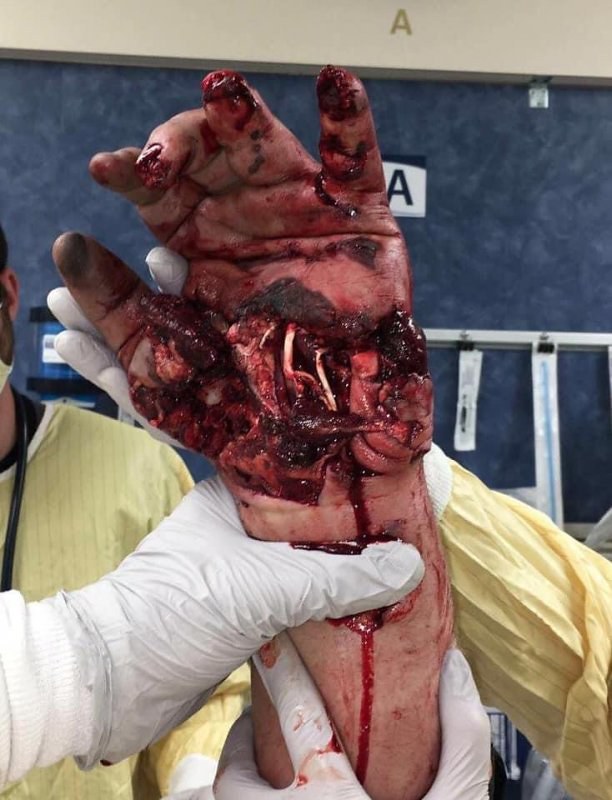An interesting thread!
Strangely enough, a major problem with BP in the past was trying to slow it down for use in cannon (ML!). If you look at old photos of cannon from the 1860s you will see they had short barrels and very thick breeches. This was because the powder charge burned very quickly and produced a high pressure peak almost before the projectile had started to move. Given the relativly weak state of the cast and wrought metals available at the time, they had to add thickness to give the strenght. There were various attempts to slow down the burn rate of the powder by making very coarse "pebble" powder or compressing the powder into prism blocks to reduce the burning surface. The problem with BP is however that it is basically made from compressed dust and cannot hold together that long. As soon as the grains start to break up, the burn rate climbs exponentially. The problem with this is that the energy of a charge depends on pressure over time; you either get high pressure over a short time or lower pressure for a longer time. If you can persuade your propellent to burn more gradually, you can release more energy at a lower pressure.
The next thing they tried was to slow the burn rate by using less flammable components. By using charred straw instead of charcoal the powder took longer to complete the burn. This was called cocoa powder and was used in large cannon at the end of the BP period. It was however very dirty. It did however allow the pressure peak to be flattened out and extended the burn time allowing more energy to transfer to the projectile. Steel wire was often wound round the first quarter of the barrel to help improve the pressure resistence without having to use very thick breech rings..
As nitro propellent is a chemical solid rather than a compressed block, it is much more robust in resisting the pressures inside a breech, and the burning process can be better controlled. The secret of making smokeless propellent was to find a way of forming the nitrated cellulose into a solid mass. Early attempts to make a propellent from nitro cotton met with disaster as the surface area was too great and the burn rate could reach supersonic velocities. At this speed, the reaction changes from a "burn" to a shockwave induced "detonation" and the energy generation rate climbs exponentially. Black powder cannot detonate as the burn rate can never reach supersonic velocities in the medium, however almost all smokeless propellents can be made to detonate given the correct "encouragement". UK used only a very small range of duplex (NG/NC) Cordite propellent in almost everything from small arms to Ship cannon by simply changing the grain size and surface area. The US has tended to stick to NC powder for cannon even up to the present day for some reason.
"Duplex Loads" are nothing new in gunnery. Almost all cannon rounds are duplex and up until very recently used a BP filled primer to ignite the nitro propellent. These charges are however very carefully designed to achieve a desired and predictable effect, often at very great cost in firing trials. There seems little practical benefit and significant risk in using "Reverse Duplex" in small arms where you are using smokeless to ignite BP, and not the other way around!
Always remember that there are a number of "Dragons" hiding in the back of the propellent cave...
Too much space in a BP charge can lead to shock waves travelling up and down the chamber causing pressure peaks and creating rings when the shock waves meet. There was a very nice demonstration of this by a researcher in the 60s who did a number of firing trials using copper pipe as a barrel subsitute. It was quite easy to produce predictable pressure rings in the barrel by leaving gaps. I need to emphasise that these trials were all fired remotely under controlled conditions, and is definately not for repetition in the back yard!
Re-enactors need to be careful not to coat the bore with a layer of powder when loose loading blank charges as this can create a "quick match" effect as a flame front travels up the bore. They report this as "detonation" - it isn't, but it can lead to pressure peaks. Blanks need to be properly loaded into the breech with some form of light wad to keep the powder in place..
I will not stray too far into the smokeless zone, but there is a known problem of using light charges of slow powder which will detonate in some circumstances.
Please try not to poke the dragons!







 Semper Fi.
Semper Fi.